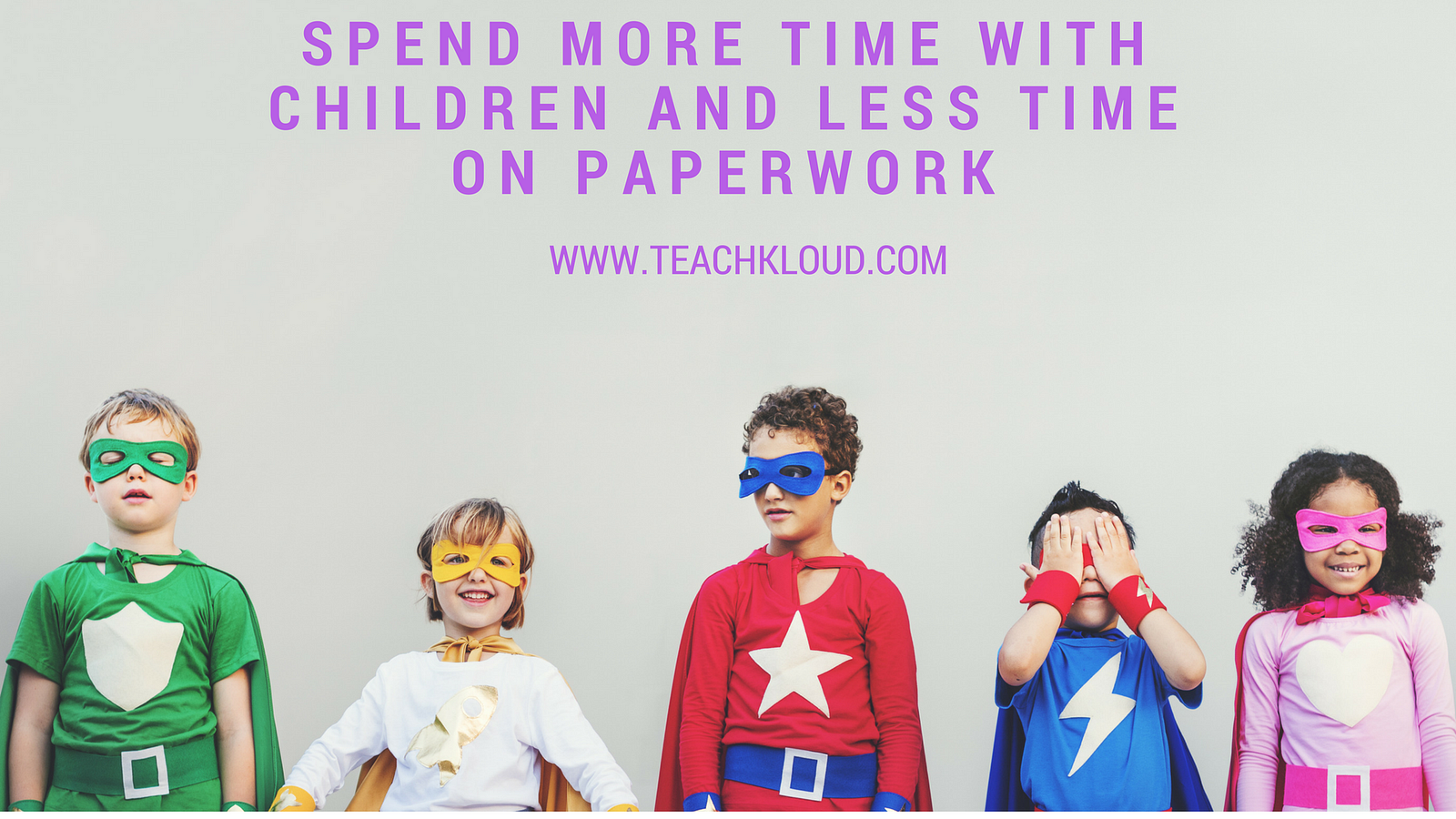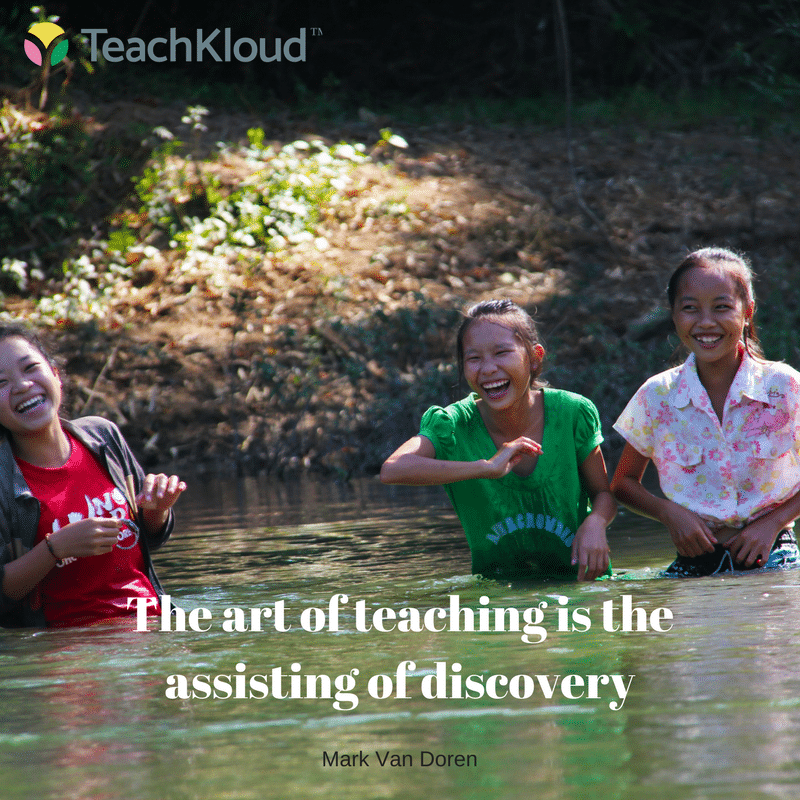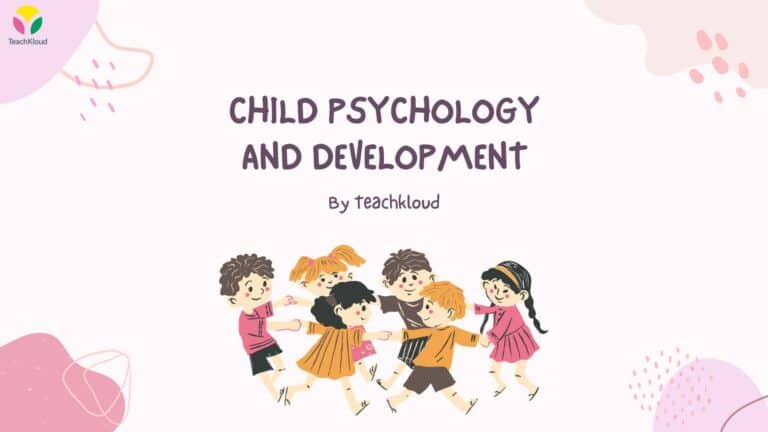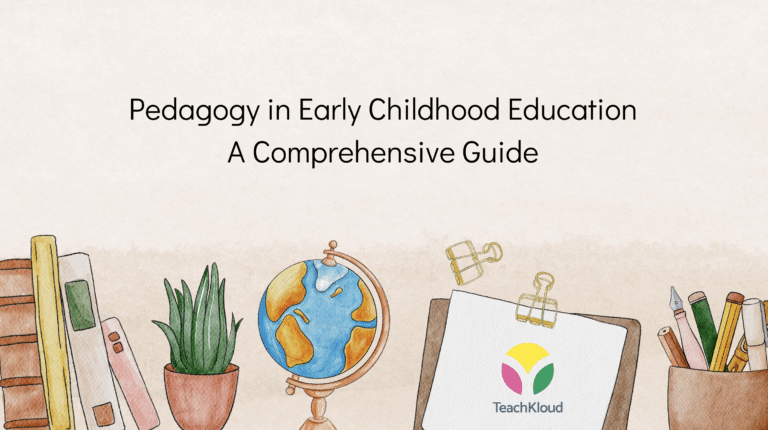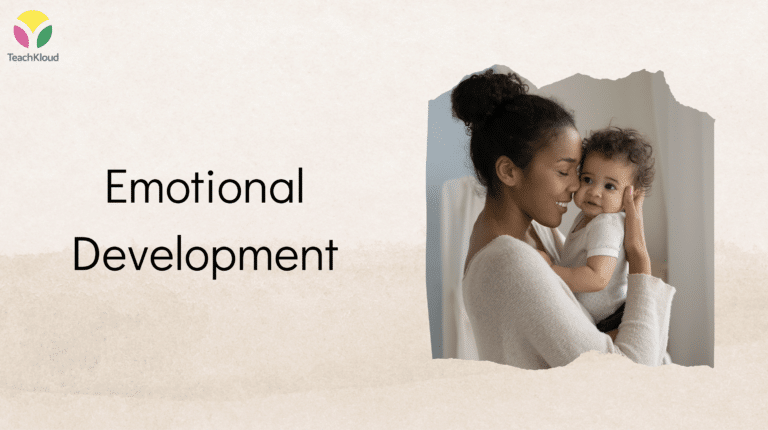‘Checklists Have No Place in Early Years Education!’ OR Do They?
Deciding how to document can be difficult — here’s what Aistear and best practice says…
I was talking with a preschool teacher last year who was adamant that developmental checklists should not be used in documentation or in early years settings at all. We know that there are many different types of philosophies and types of early years services. Each does what they believe is best for children. It is however, important to understand what place different observational tools, such as checklists, if any, have in the early years setting. Let’s look at what Aistear, our national curriculum framework says…
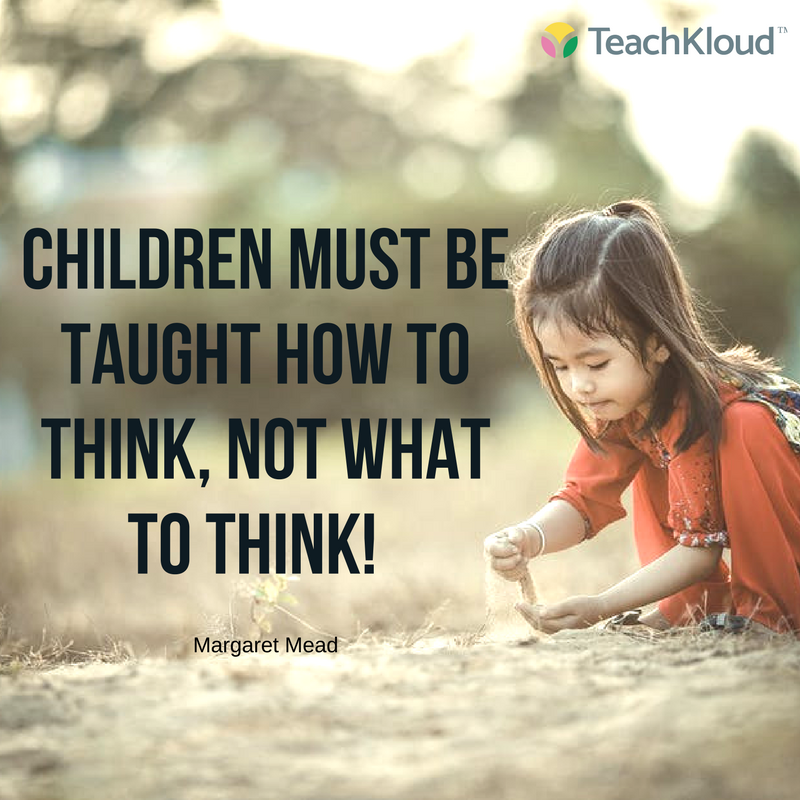
Assessment for learning, in the early years “focuses on using assessment information to help children with the next steps in their learning and development” (Aistear). Assessment may include collecting, documenting, reflecting on, and using information to help children succeed in their early years. Ok, so that is all well and good but what does this look like?
Before we can understand the different types of assessment for learning tools and their place in the early years setting, we must first ask ourselves, “what are the features of good assessment for learning.”
1.The use of a variety of methods and observational tools
We will talk more in depth about these methods below. However, these methods are may include conversations with children, observations and reflection on teaching practice.
2.Good assessment for learning involves parents
Parents should be given opportunities on an ongoing basis to offer feedback and suggestions on their Childs learning. The setting may also provide parents with support, guidance and ways in which they might support children’s learning at home.
3.Give it time
Assessment for learning happens over time. It gives a holistic picture of the child, their abilities, interests and dispositions. We work with children in a daily basis. We collect information about them, we understand their needs, their wants and their individual personalities. Over time this may develop to enable us to provide a picture of the whole child.
4.What can I do?
Finally, assessment for learning celebrates the child. What he/she can do, what they like, what they are interested in, their values, their knowledge and understanding. We then provide evidence such as pictures, running records and links to Aistear’s themes.
Deciding how to document. Do checklists have a place?
According to Aistear these are the type of documentation that may be good to keep regarding assessment for learning. We provide observation tools for the following on teachkloud.com to save you time on paperwork and more time with children.
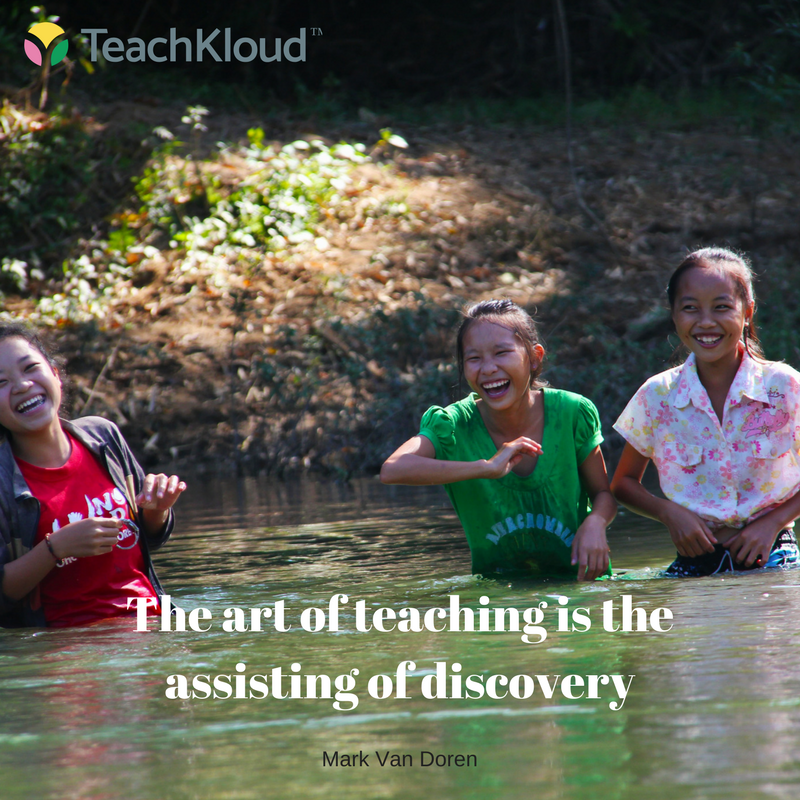
Samples of children’s work
The adult stores samples of children’s work. Sometimes the children choose the samples, sometimes the adult decides what is chosen, and, at other times, the children and adult choose together.
Notes
The adult may keep short or long notes on children’s learning. This may be for a specific child or for a group of children.
Learning Stories
According to Aistear, the adult makes brief notes about children’s involvement in a particular event, activity or task. The notes may focus on an individual child’s contribution or the contributions of a group of children. In contrast to notes, this type of documentation gives more detailed information about children’s interactions with others, as well as the relevant objects and places, in sequence.
These stories help the adult to see and understand better the progress children are making in relation to Aistear’s dispositions, skills, attitudes and values, knowledge, and understanding. Samples of children’s work and photographs can enrich the stories.
Records
Did you know that records such as routines, nap times, food intake are considered part of the documentation cycle? Aistear explains that the adult (often the Key Worker) makes brief notes each day about a child’s routines and responses, for example what the child ate.
Based on behaviour, body language and verbal feedback from children, the adult may also note particular things the child likes, prefers and achieves. The diary or record is shared with parents by sending it home. Parents can be invited to comment and provide information on things that their children enjoy as well as things they find difficult.
Checklists
Aistear advocates that the adult uses checklists to record information about particular aspects of children’s learning, usually at the end of a given period of time. The adult makes judgements against predetermined descriptions. These might focus, for example, on physical interaction or early literacy skills. The adult usually ticks a heading which best describes the children’s progress to date.
Reports
Using a range of the methods described above, including checklists, it is recommended by Aistear to develop reports on children’s growth and development. The reports focus on a summary of children’s progress and achievement, they are developed at particular times in the year, for example in the summer when the child has completed a year in the setting.
In the case of some children, the adult may receive a report from another professional, such as a psychologist, a speech and language therapist, a play therapist, or a physiotherapist. The adult uses these reports to further inform his/her work with the children.
TeachKloud gives teachers the ability to use a range of methods and observational tools to document children’s dispositions, interests and abilities. You can also easily link these to Aistear/Siolta and share these with parents on ParentKloud. We make documenting easy but give you powerful insights into children’s growth and development. Aistear recommends that a variety of methods including checklists, learning stories and discussions with children are used to support optimal growth and development.

It seems that when you use a variety of these coupled wth developmental appropriate practice, a whole picture of the child can be developed, reducing the risk of making quick assumptions. Documentation can be a powerful tool. Based on the adults experience and understanding of children in their setting, you can decide what methods and tools to use.
